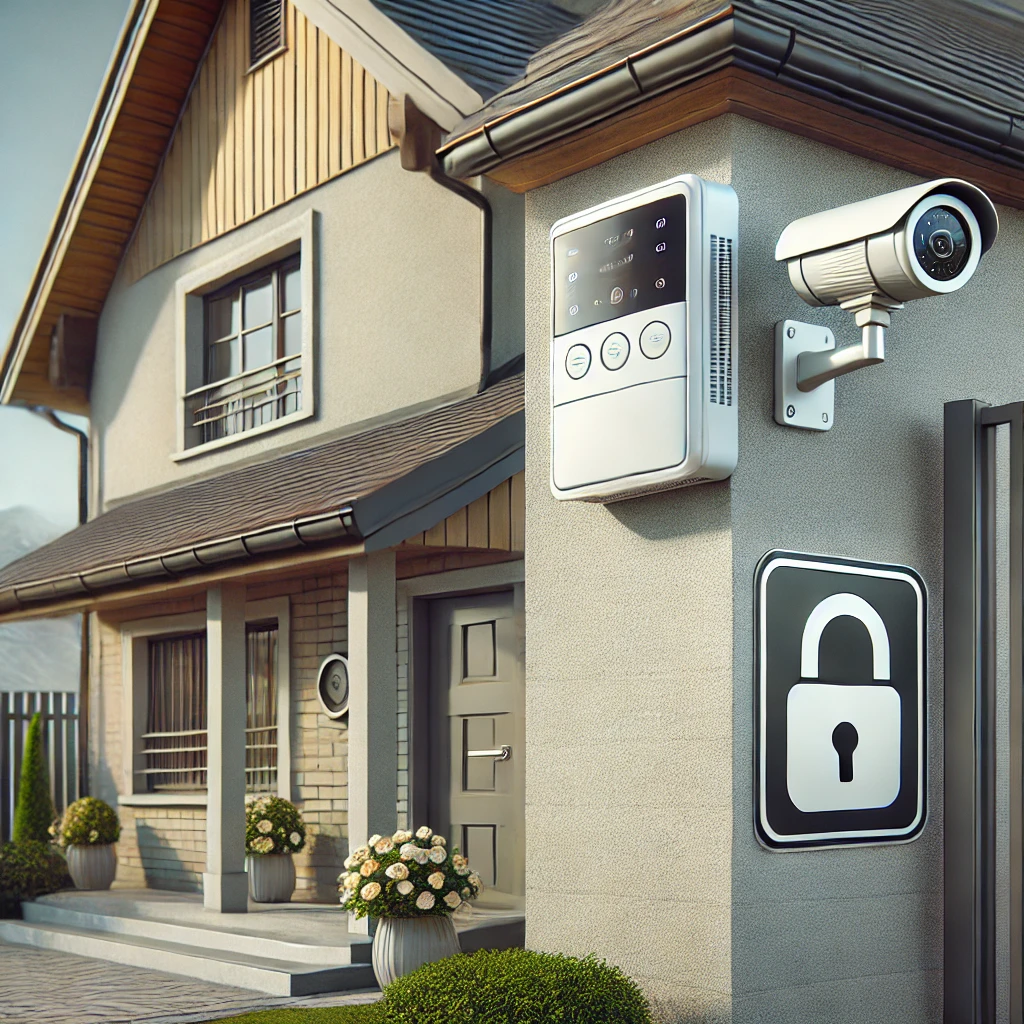In recent years, smart home technology has made significant strides, and one of the most exciting areas is smart lighting. Within this ecosystem, Google Home has become a popular choice for controlling lighting devices, offering both convenience and efficiency. In this article, you’ll learn how to set up and manage Google Home lighting, which devices are compatible, and how to make the most of your smart home setup.
What Is Google Home Lighting?
Google Home lighting refers to the use of smart bulbs and other lighting devices that can be controlled through Google Assistant. With Google Home, you can turn lights on or off, adjust brightness, change colors (if using color bulbs), and create automated routines—all with simple voice commands or through the Google Home app.
Benefits of Smart Lighting with Google Home
- Remote control: Manage your home’s lights from anywhere using your smartphone.
- Convenience: Use voice commands to control lights without getting up.
- Energy savings: Automate lights to turn off when not in use or at specific times.
- Customization: Adjust the color and brightness of bulbs to match your mood or activity.
- Security: Simulate presence when you’re away by scheduling lights to turn on and off.
How to Set Up Google Home Lighting
1. Choose Smart Bulbs Compatible with Google Home
The first step is selecting smart bulbs that work with Google Home. Some popular brands include:
- Philips Hue
- TP-Link Kasa
- LIFX
- Yeelight
These bulbs integrate seamlessly with the Google Home app, giving you full control over their features.
2. Connect Smart Bulbs to Google Home
Once you have your smart bulbs, follow these steps to connect them to Google Home:
- Install the bulb in a lamp or lighting fixture.
- Download the manufacturer’s app (e.g., Philips Hue) and follow the instructions to connect the bulb to your Wi-Fi network.
- Open the Google Home app on your phone.
- Tap the “+” icon in the top left corner to add a new device.
- Select “Set up device” and then “Works with Google.”
- Search for your bulb’s brand in the list and follow the prompts to link your account.
- Once linked, assign the bulb to a specific room for easier control.
3. Create Routines and Automations
With Google Home, you can create routines that automate your home’s lighting based on the time of day or specific actions. For example:
- Schedule lights to turn on automatically at sunset.
- Set up a morning routine where lights gradually brighten to help you wake up.
- Use commands like “Hey Google, goodnight” to turn off all the lights at the end of the day.
Lighting Devices Compatible with Google Home
In addition to smart bulbs, there are several other lighting devices that work well with Google Home. Some examples include:
1. Smart Light Switches
If you don’t want to replace all the bulbs in your home, smart switches are a great alternative. These devices replace your traditional light switches and allow you to control your lights from the Google Home app or with voice commands. Popular brands include:
- Lutron Caseta
- Leviton Decora Smart
2. Smart LED Light Strips
Smart LED light strips are another excellent option for illuminating spaces like kitchens, offices, or entertainment areas. These strips can change color, adjust brightness, and create unique moods. Brands like Govee and LIFX offer LED strips that are compatible with Google Home.
3. Smart Lamps
If you prefer not to change out bulbs or switches, smart lamps are a convenient option. These lamps connect to Google Home and offer full control without requiring any additional installation.
How to Control Your Lighting with Voice Commands
One of the best features of Google Home lighting is the ability to control it with voice commands. Here are some useful commands:
- “Hey Google, turn on the living room lights.”
- “Hey Google, turn off all the lights.”
- “Hey Google, set the brightness to 50%.”
- “Hey Google, change the bedroom lights to blue.”
You can also customize commands based on the room names or routines you’ve set up.
Optimizing Your Lighting for Energy Efficiency
One of the most useful aspects of Google Home lighting is its ability to help you save energy. Setting your lights to turn off automatically when you leave the house or adjusting the brightness based on available natural light are effective ways to reduce energy consumption.
Troubleshooting Common Issues with Google Home and Smart Bulbs
While Google Home is a reliable tool, occasional issues may arise. Here are some quick solutions:
- Bulbs not responding to voice commands: Ensure that the bulbs are properly connected to Wi-Fi and that Google Home is linked to the manufacturer’s account.
- Syncing problems: Try restarting the bulb or removing it from the Google Home app and re-adding it.
- Device not recognized by Google Home: Check that the bulb is compatible and that the setup steps were followed correctly.
Conclusion
Google Home lighting offers a practical, efficient, and modern way to manage your home’s lights. With just your voice or a few taps on your smartphone, you can create the perfect ambiance for any occasion. Whether you’re seeking convenience, energy savings, or simply making your home smarter, Google Home is an excellent solution.
If you have any questions or need more information, leave a comment or share this article on social media so more people can discover the benefits of a smart home!
Did you find this guide on Google Home lighting helpful? Share your experiences in the comments, and don’t forget to follow us for more smart home tips and tech insights.

